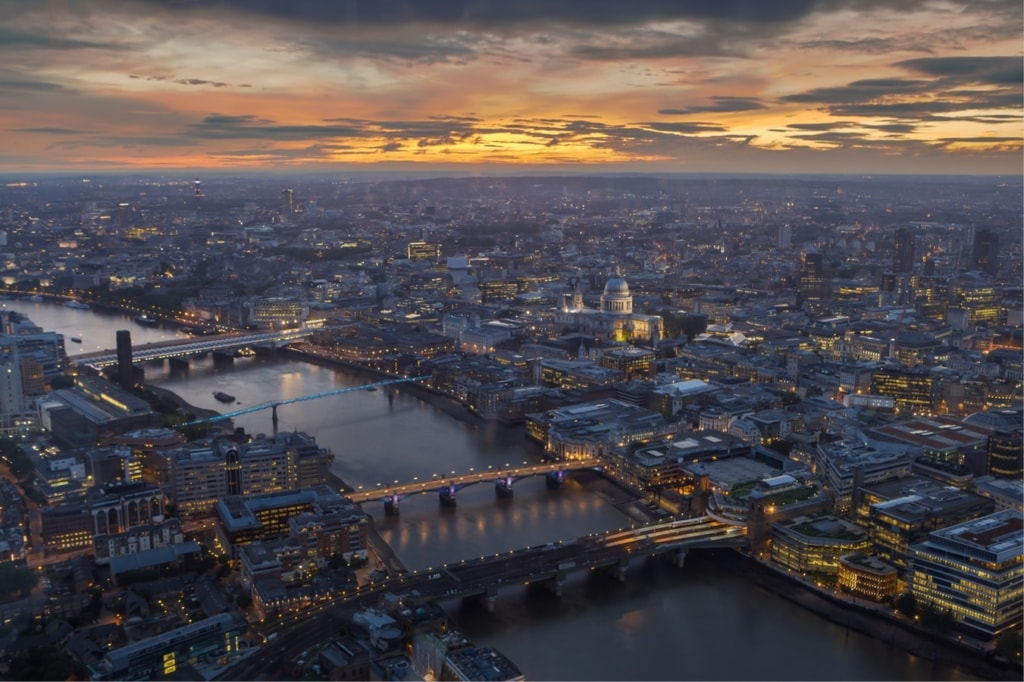How much has the cost of renting risen in 10 years?
London asking rents hit a new record average of £2,119 per calendar month (PCM) as the ongoing shortage of property for tenants continues to increase rents.
Rents in the capital are up by 4.2% over the last year and 45% up over the past decade. In comparison, the rest of Great Britain sees rents up 2.4% year-on-year and 24% over the last ten years.
Rightmove’s property expert Miles Shipside said: “We’ve seen a lack of rental properties coming to market in London over the last 18 months and that keeps feeding through into rising rents and another new record this quarter. Rents in the capital have risen at nearly twice the rate of the rest of Great Britain both over the last year and the last decade.
“New supply coming to market is constrained by a lack of new landlords, and existing tenants staying longer. Tenants are less likely to swap their existing rental for another as their other options on the open market are likely to be more expensive than sticking with their current landlord.”
In cash terms, average asking rents have risen by nearly £160 per calendar month (PCM) nationally outside London in the last 10 years. In the capital the figure is much higher, with rents in London now £658 PCM more expensive than a decade ago. Conversely, the North East is where rents have risen the least, with average asking rents increasing by 8.4% to £601 PCM since 2009.
Shipside adds: “London, in particular, has some rent increase hotspots due to a shortage of stock with existing and new landlords deterred by the additional 3% stamp duty when buying rental investments. On top of London’s high purchase prices this is a substantial extra sum. The lack of reasonably priced choice and rising rents for London’s tenants looks set to continue. At present, the only growth in supply is coming from the institutional build-to-rent sector.”
![]()
Agent’s view
Kate Eales, National Head of Lettings at Strutt & Parker, added: “This increase is in line with the rise in price of residential property and the increase in the cost of living in the UK. Over the past six months since the tenant fee ban, landlords are having to pay a bit more for lettings services. This cost isn’t necessarily being passed onto tenants, but landlords are not entering the market in the same way that they were back in 2010. This has resulted in a lack of rental stock, which in turn pushes rental prices up. In London, areas have changed dramatically in the past 10 years in terms of demographic and popularity. Brixton is such an example, previously up and coming, and now an area that’s seen landlords benefit from an increase in rental prices.”
To read the Rental Price Tracker for Q4 2019 in full, click here.
![]()



